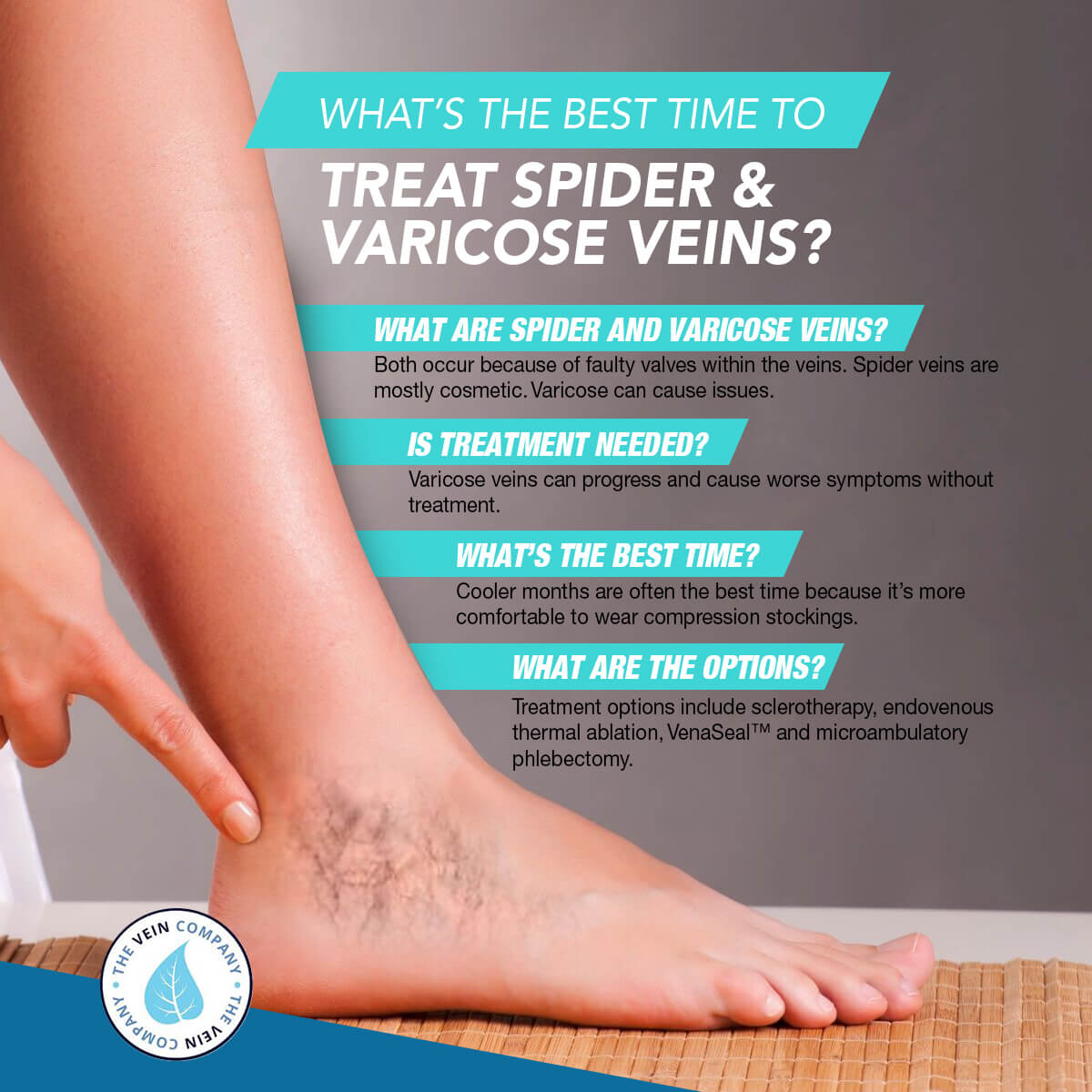Blog
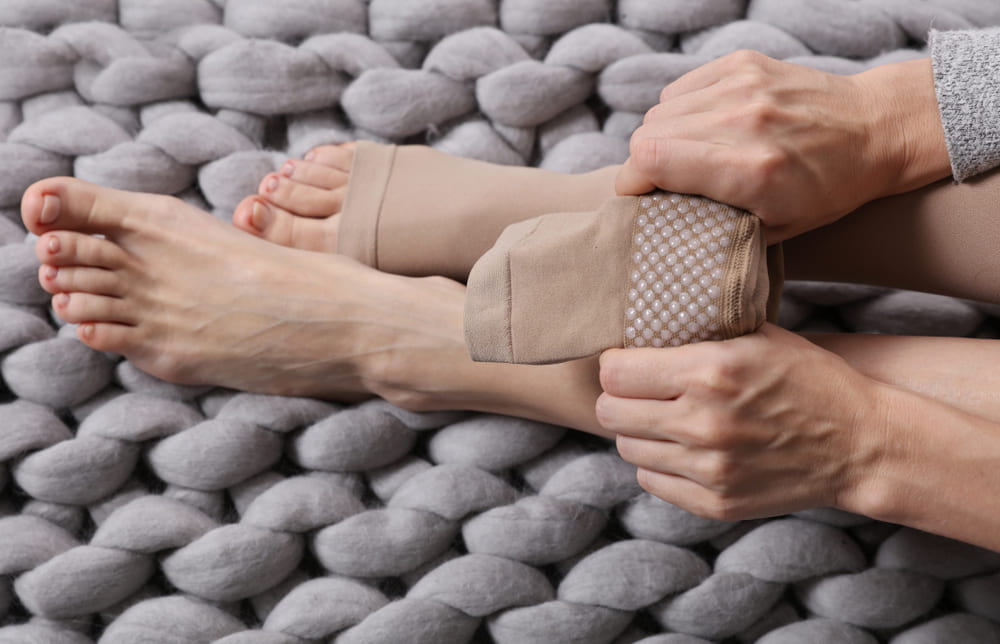
Let’s talk about Compression therapy for Vein disease! It is […]
Read More
There are many answers on how to prevent vein problems, […]
Read More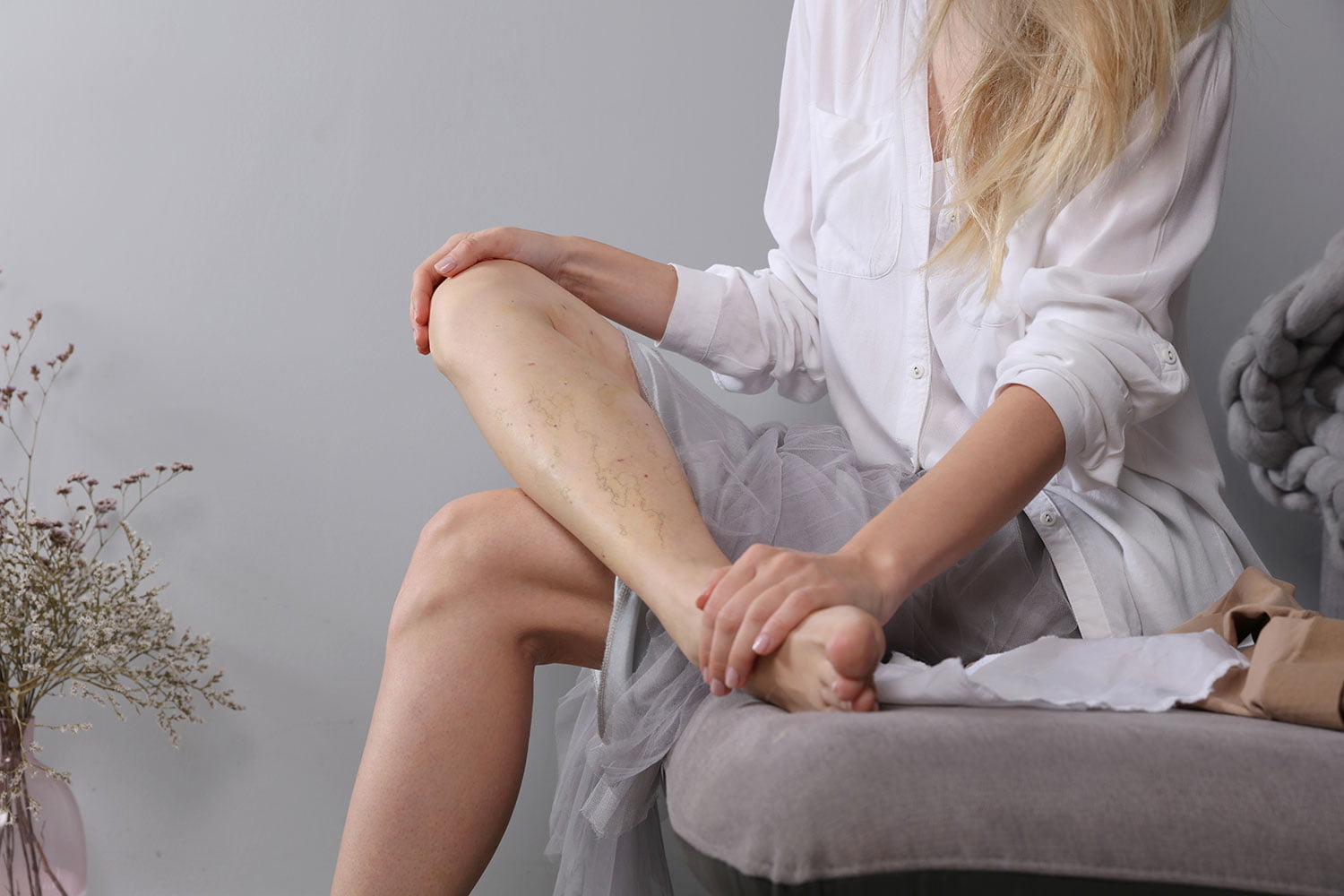
Spider Veins are a type of vein condition that is […]
Read More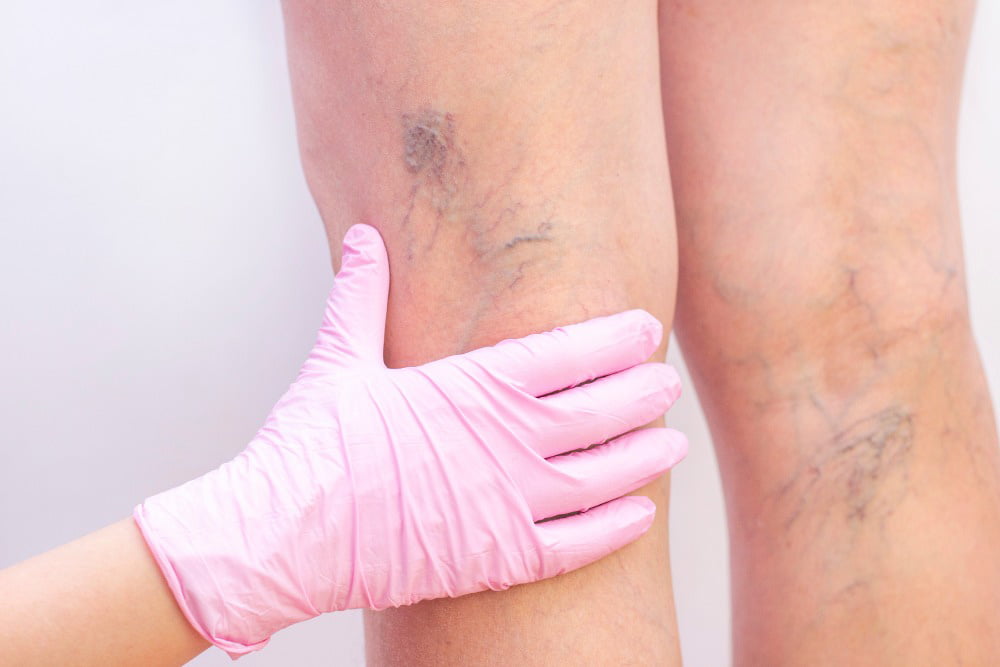
Whether you’re worried about developing varicose veins in the future […]
Read More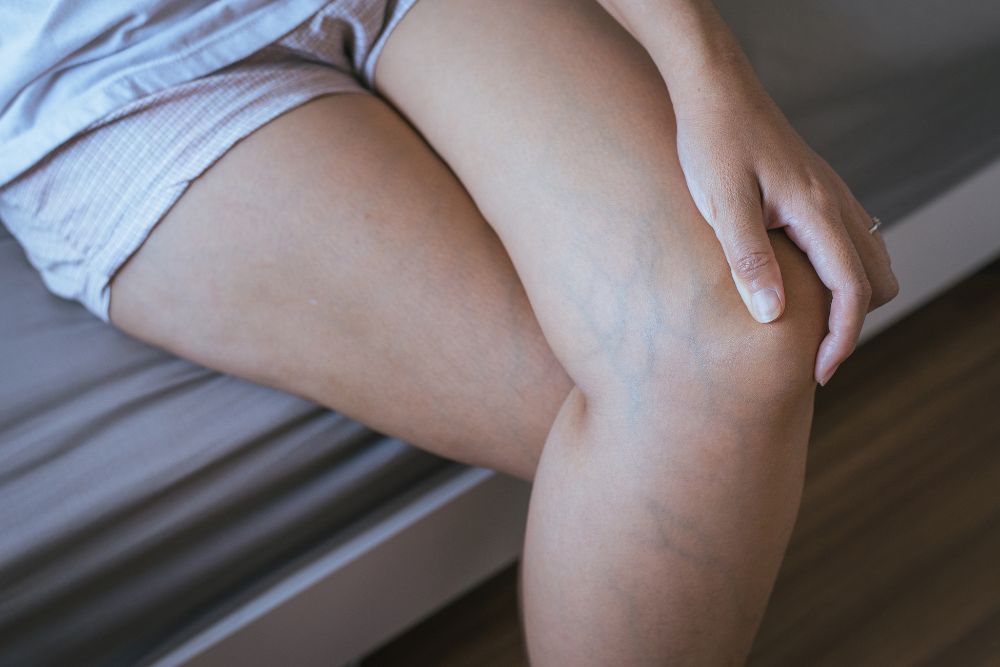
The role of varicose veins is a progressive and complex […]
Read More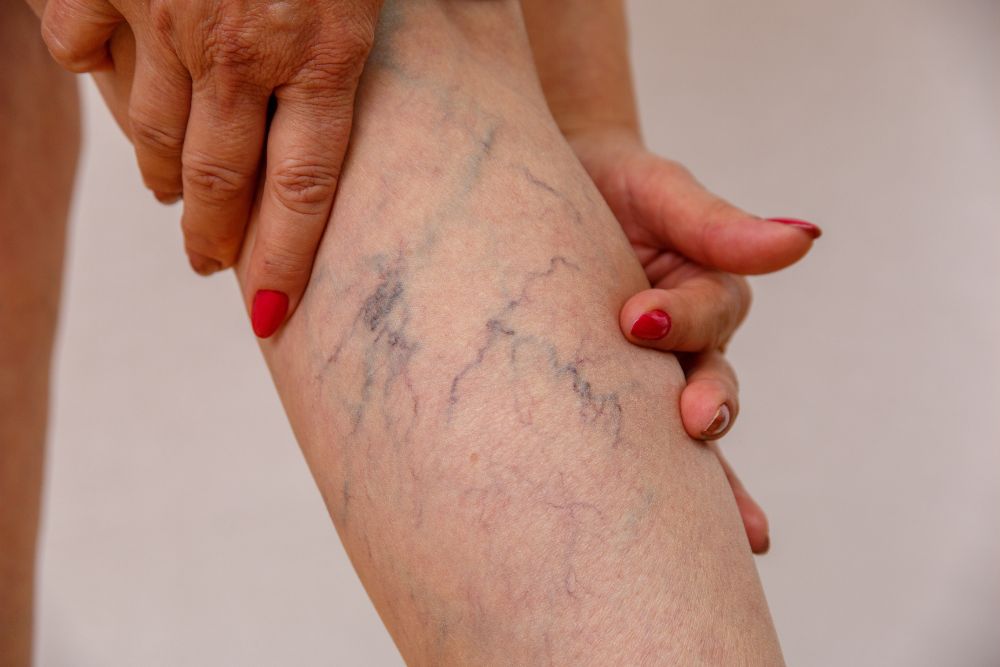
It’s essential to have the proper medical coverage for any […]
Read More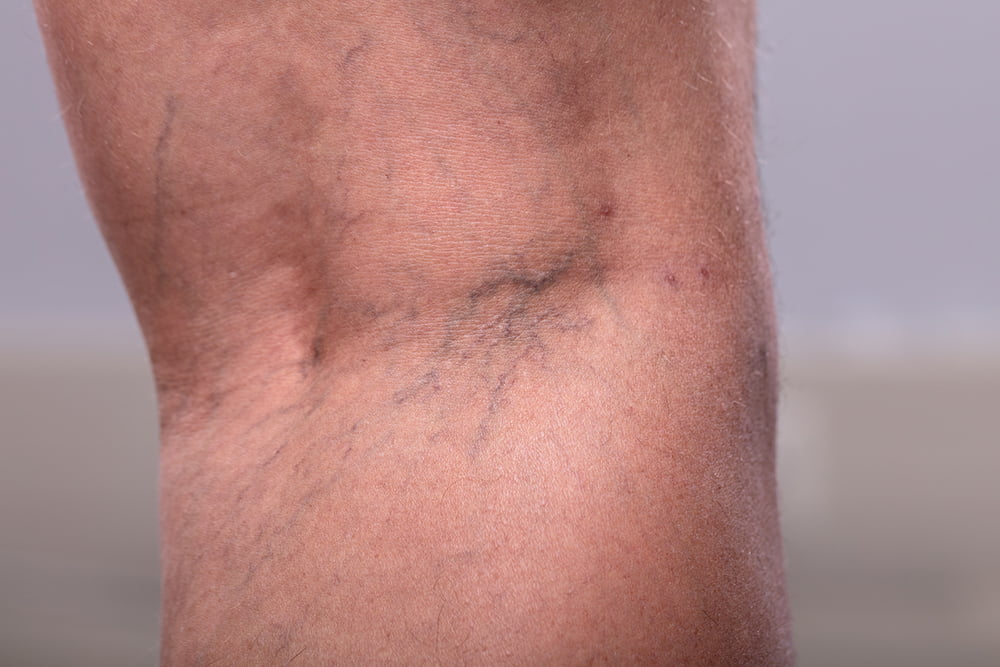
Varicose and spider veins occur when your veins stop functioning […]
Read More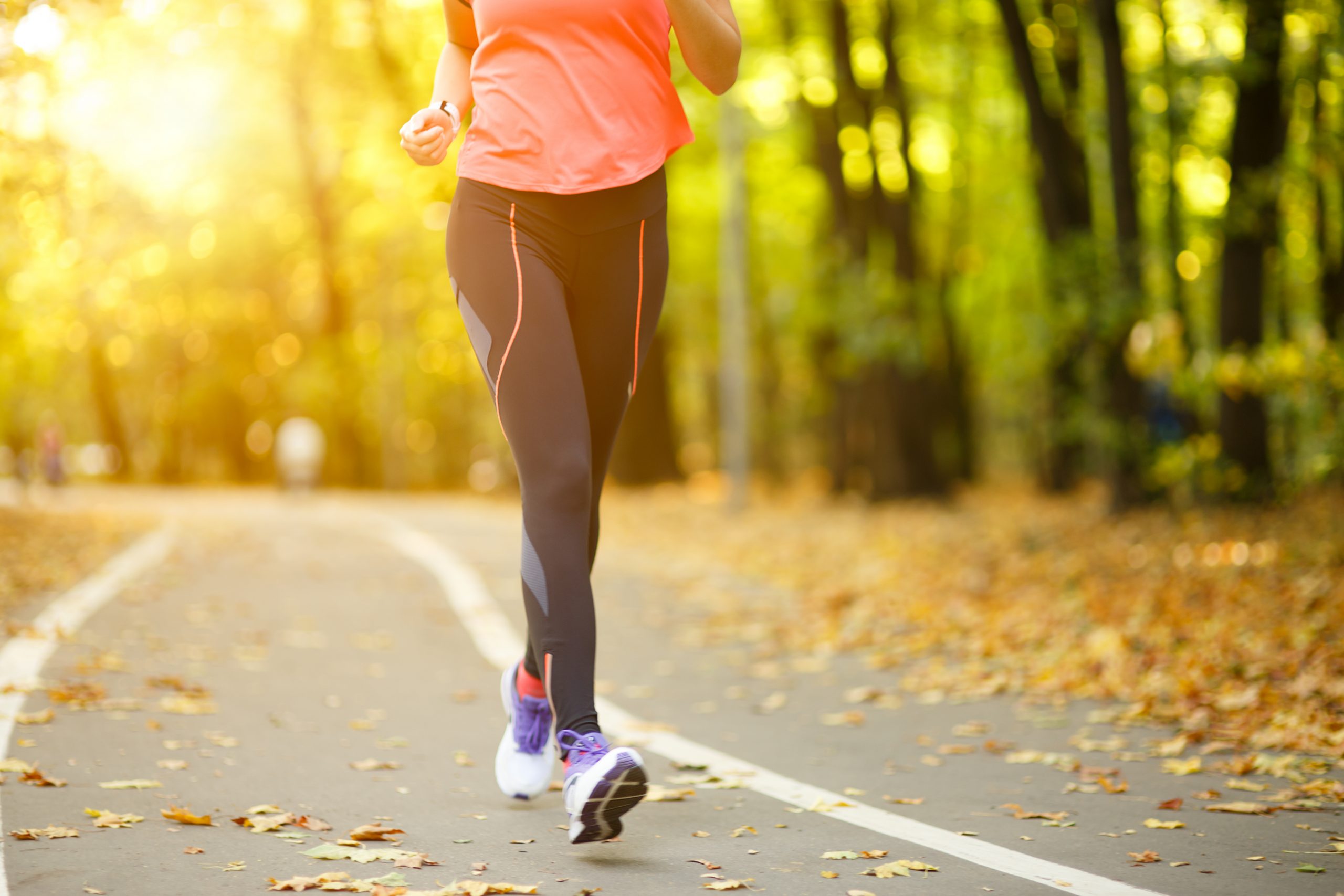
With people working more hours and having busy lifestyles, regular […]
Read More
Let’s read all about tips to baby your veins! While […]
Read More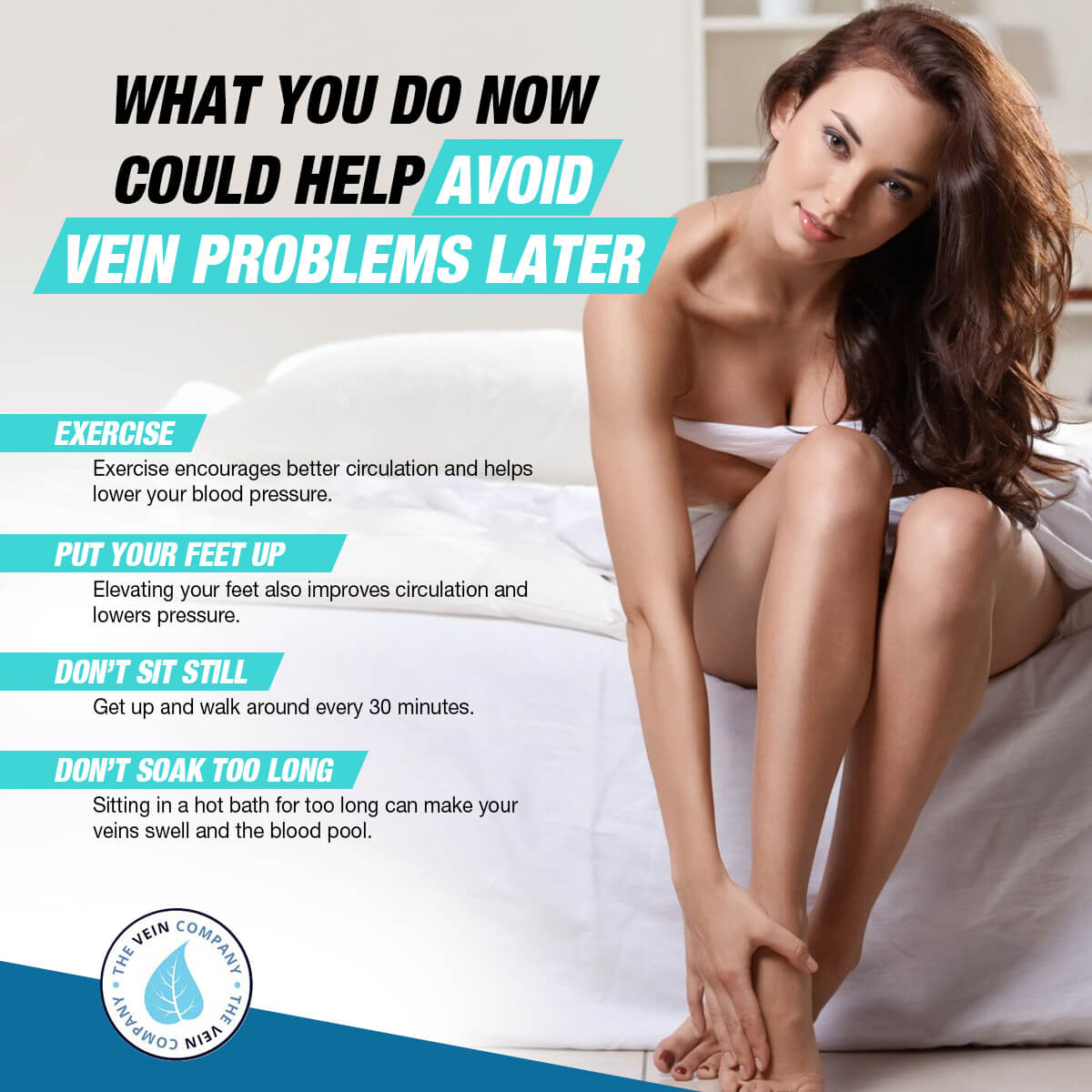
What You Do Now Could Help Avoid Vein Problems Later […]
Read More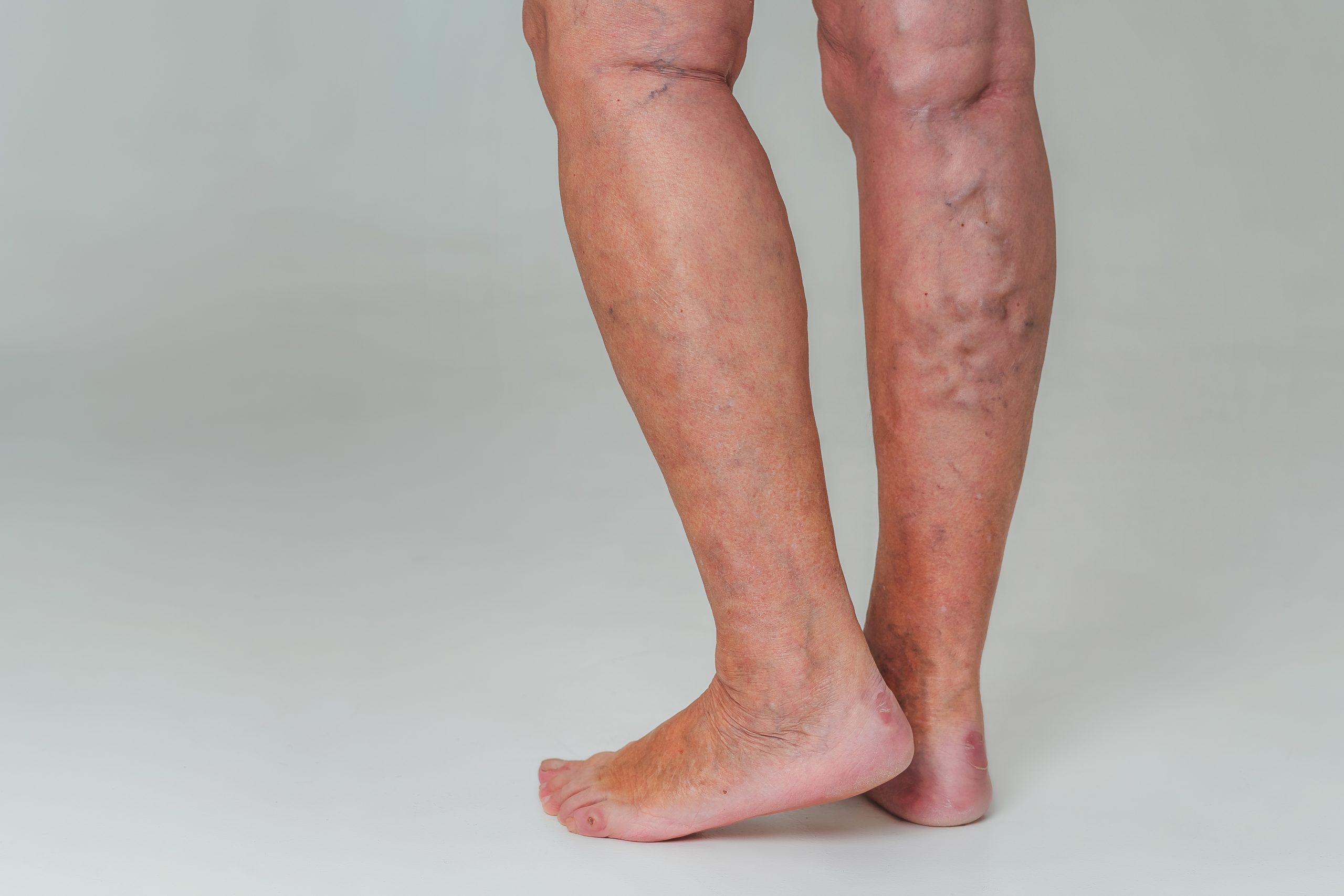
We are excited to talk to you about 3 easy […]
Read More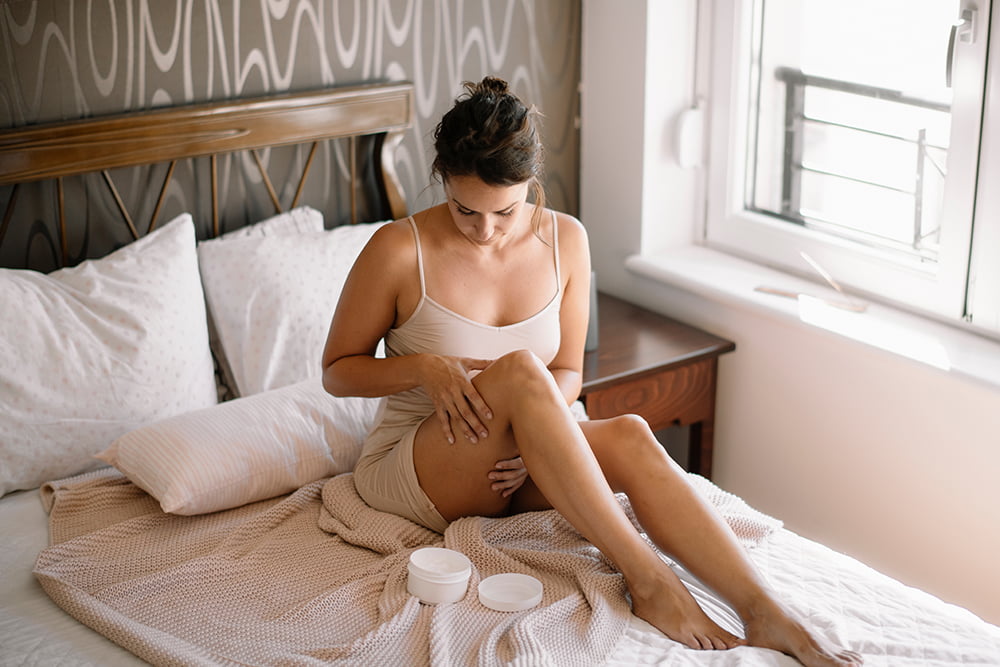
If you live with spider or varicose veins disease, you […]
Read More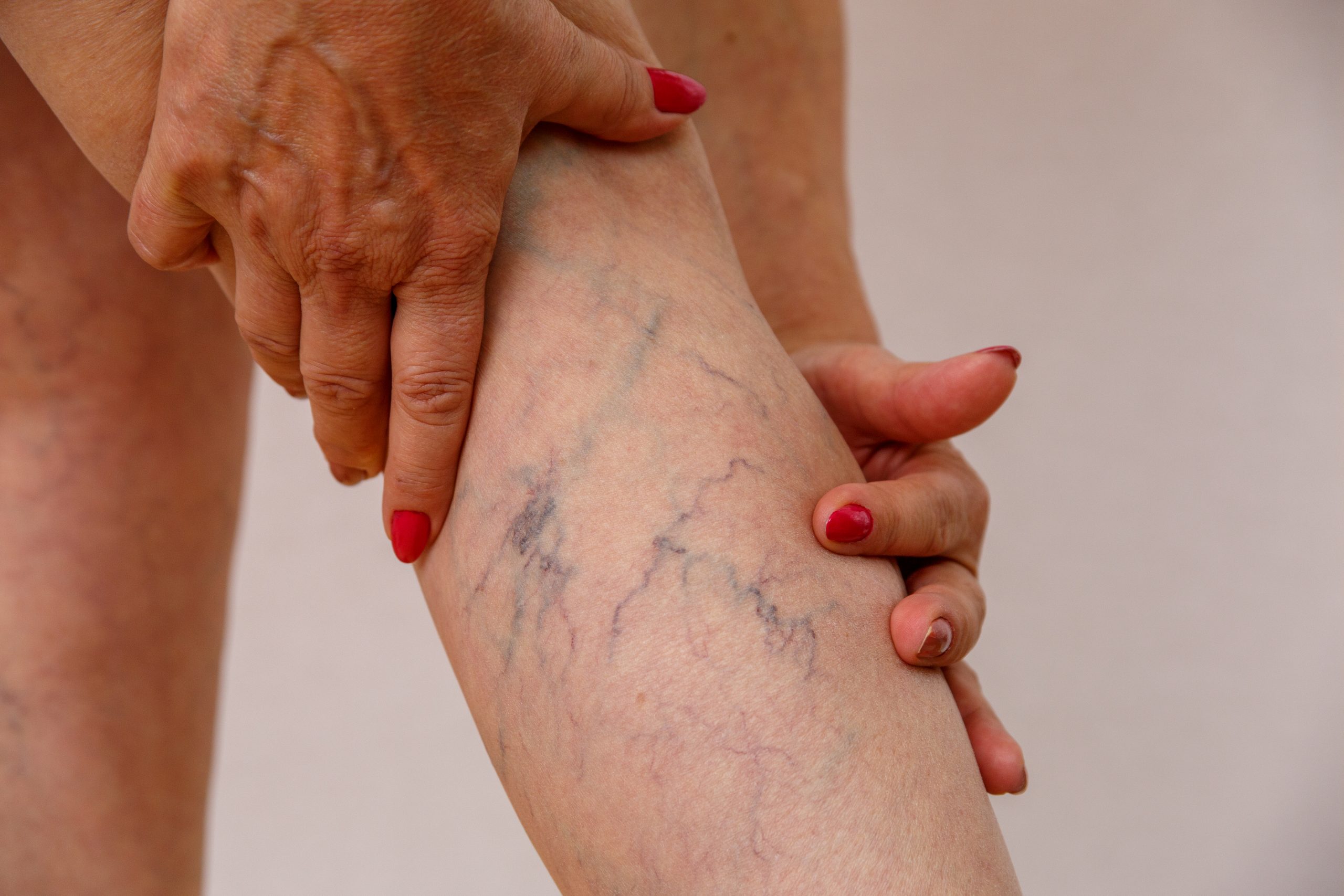
While the presence of varicose veins may not necessarily be […]
Read More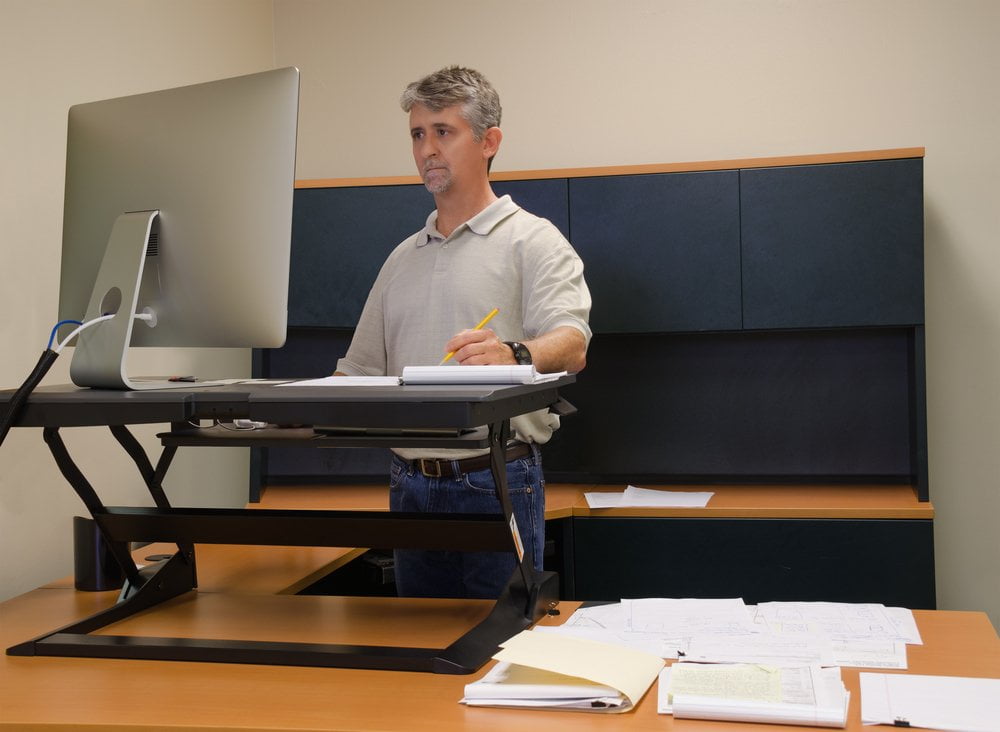
With recent health studies finding concerns over excessive time sitting […]
Read More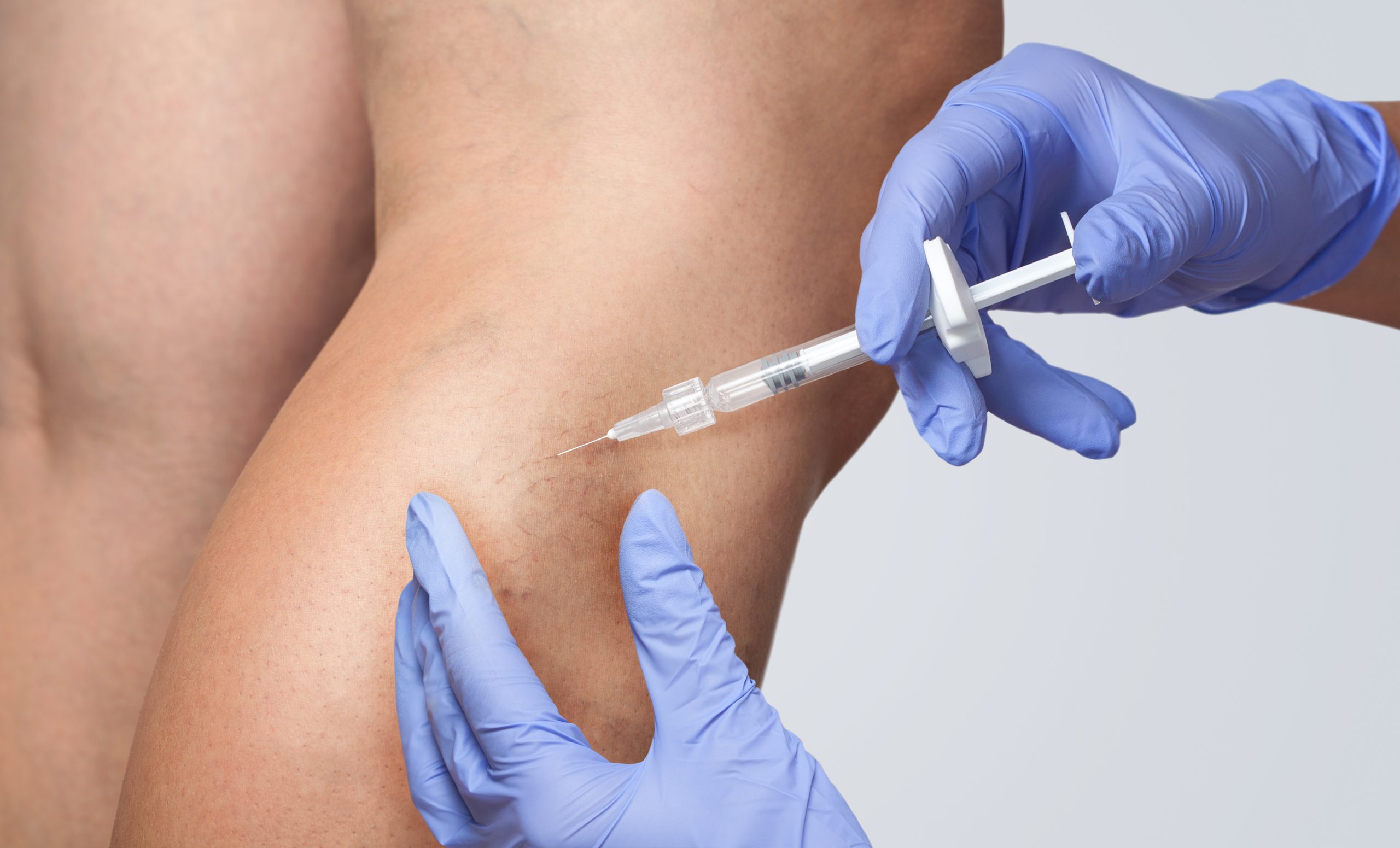
One option for patients who have issues related to varicose […]
Read More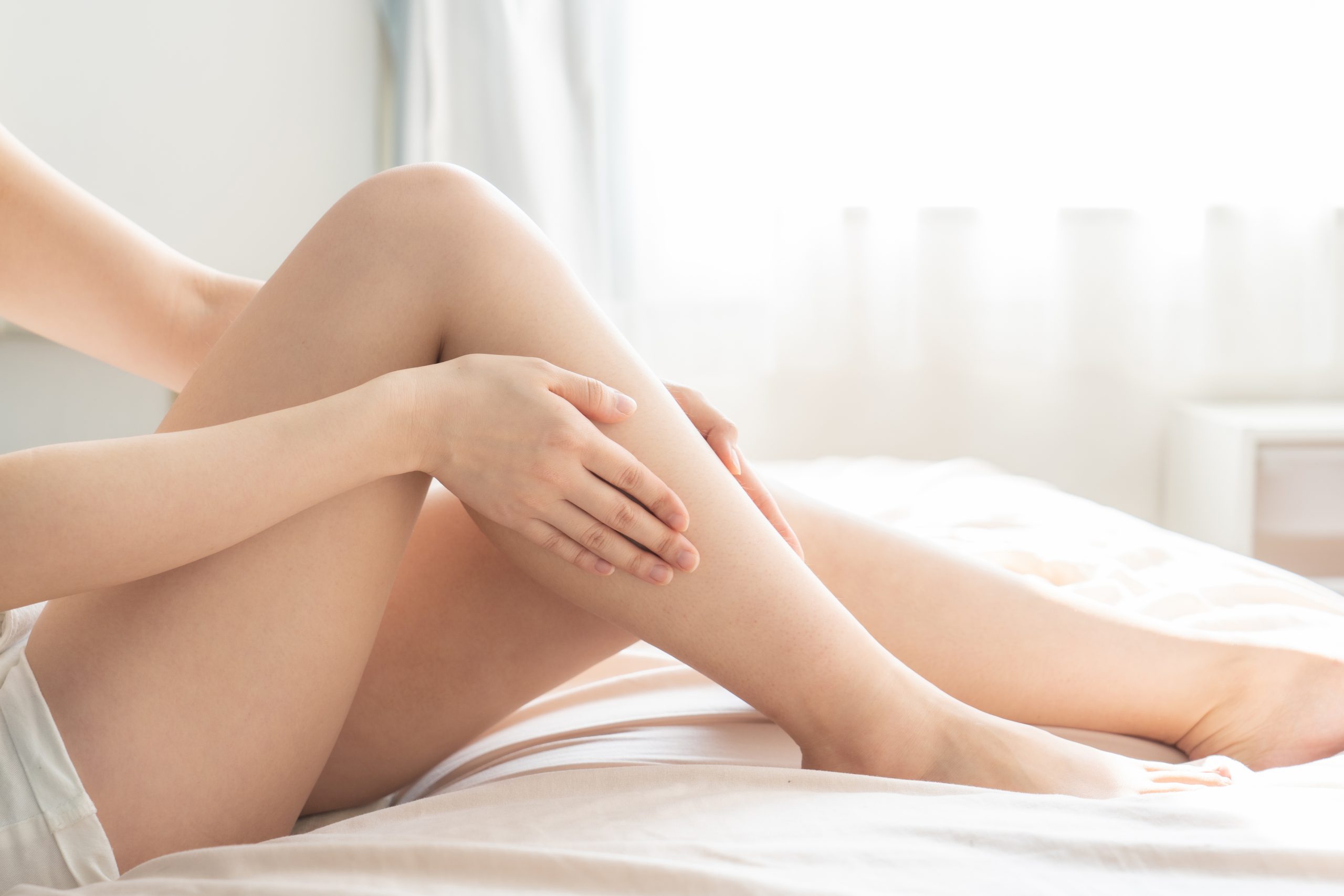
Endovenous thermal ablation, also known as endovenous ablation, is a […]
Read More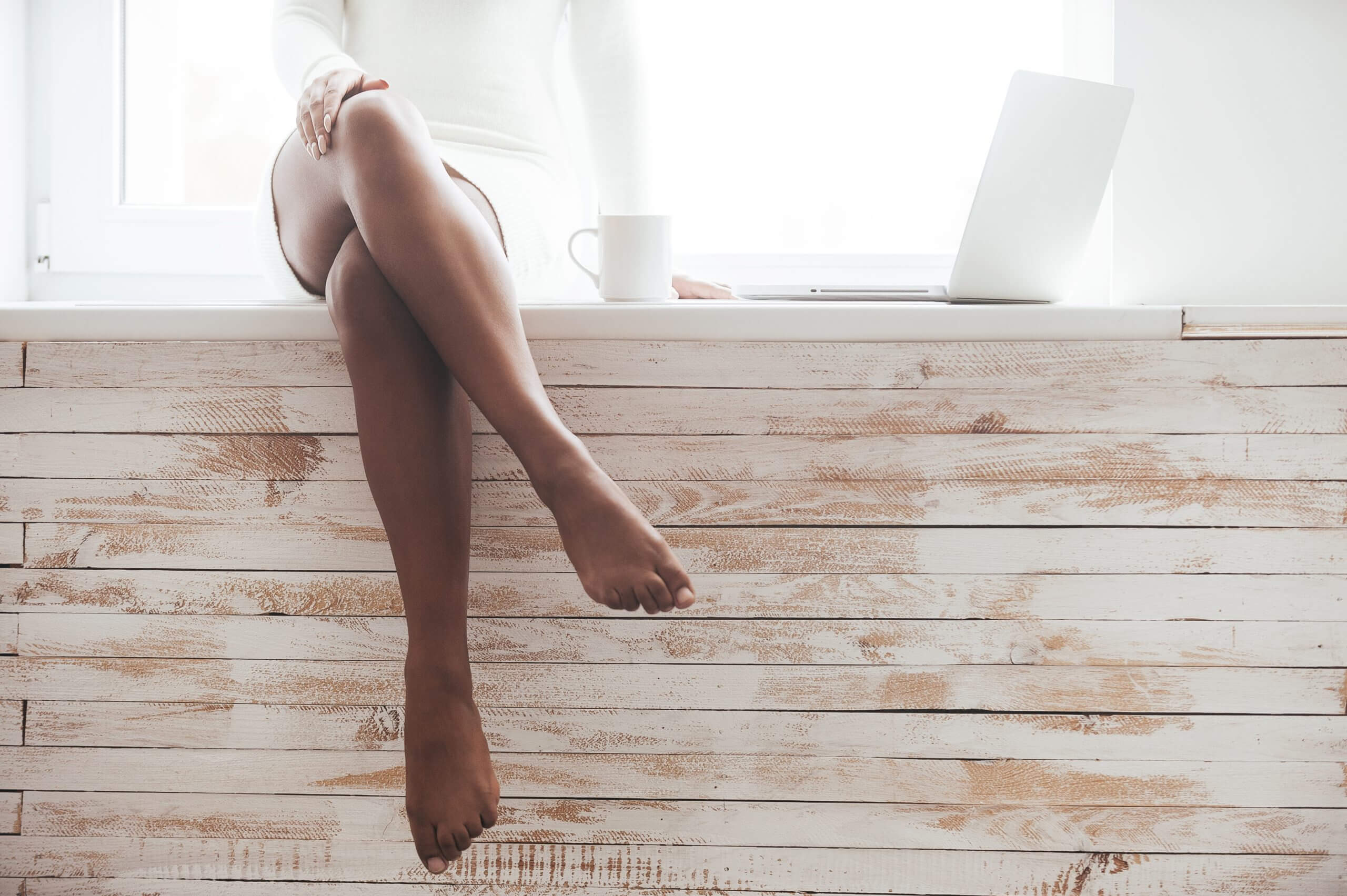
What can you begin doing to help lessen the effect […]
Read More
Ever watch Olympic weightlifters, see their bulging veins and look […]
Read More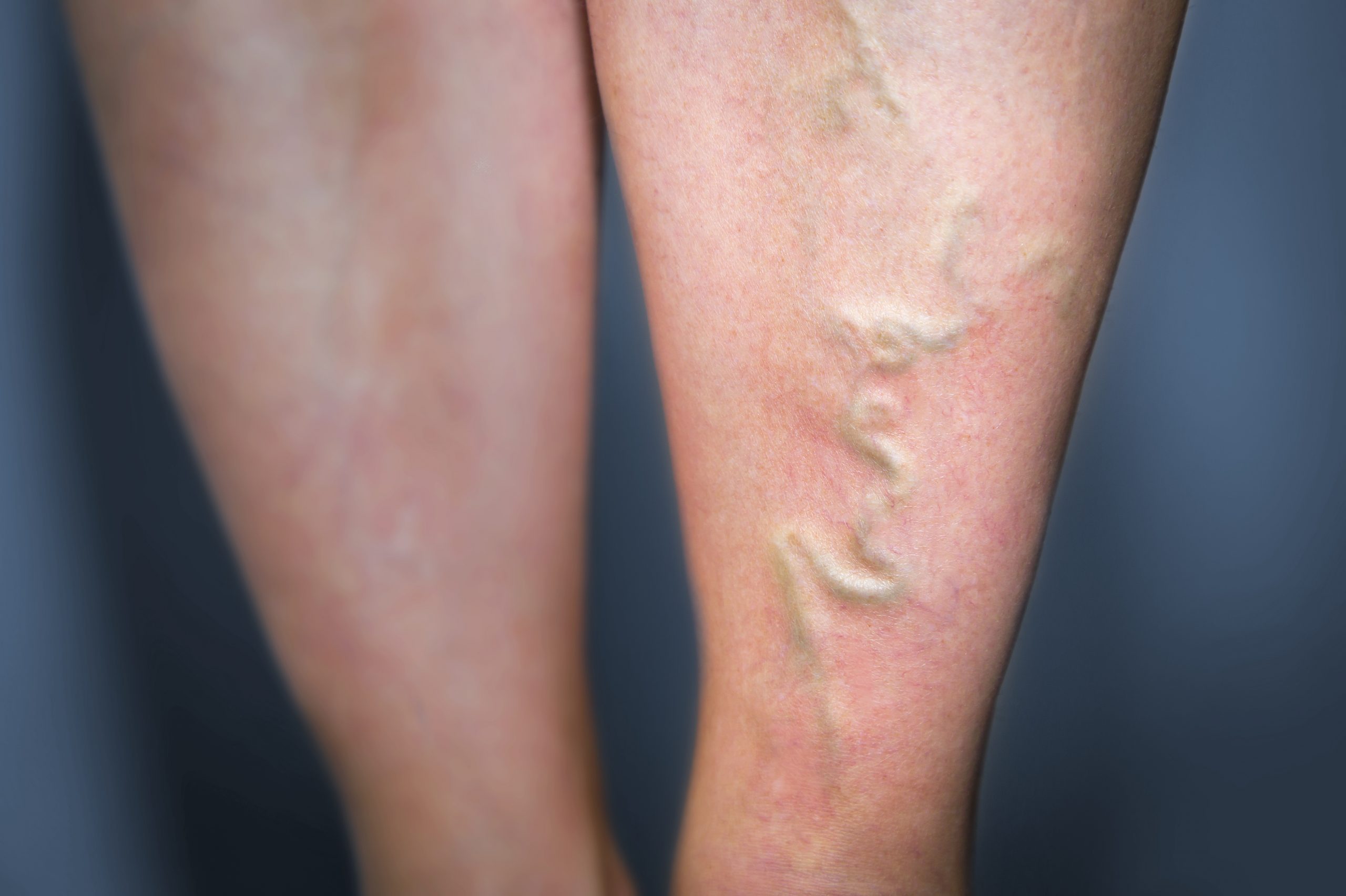
Vein disease is something most people just see on really […]
Read More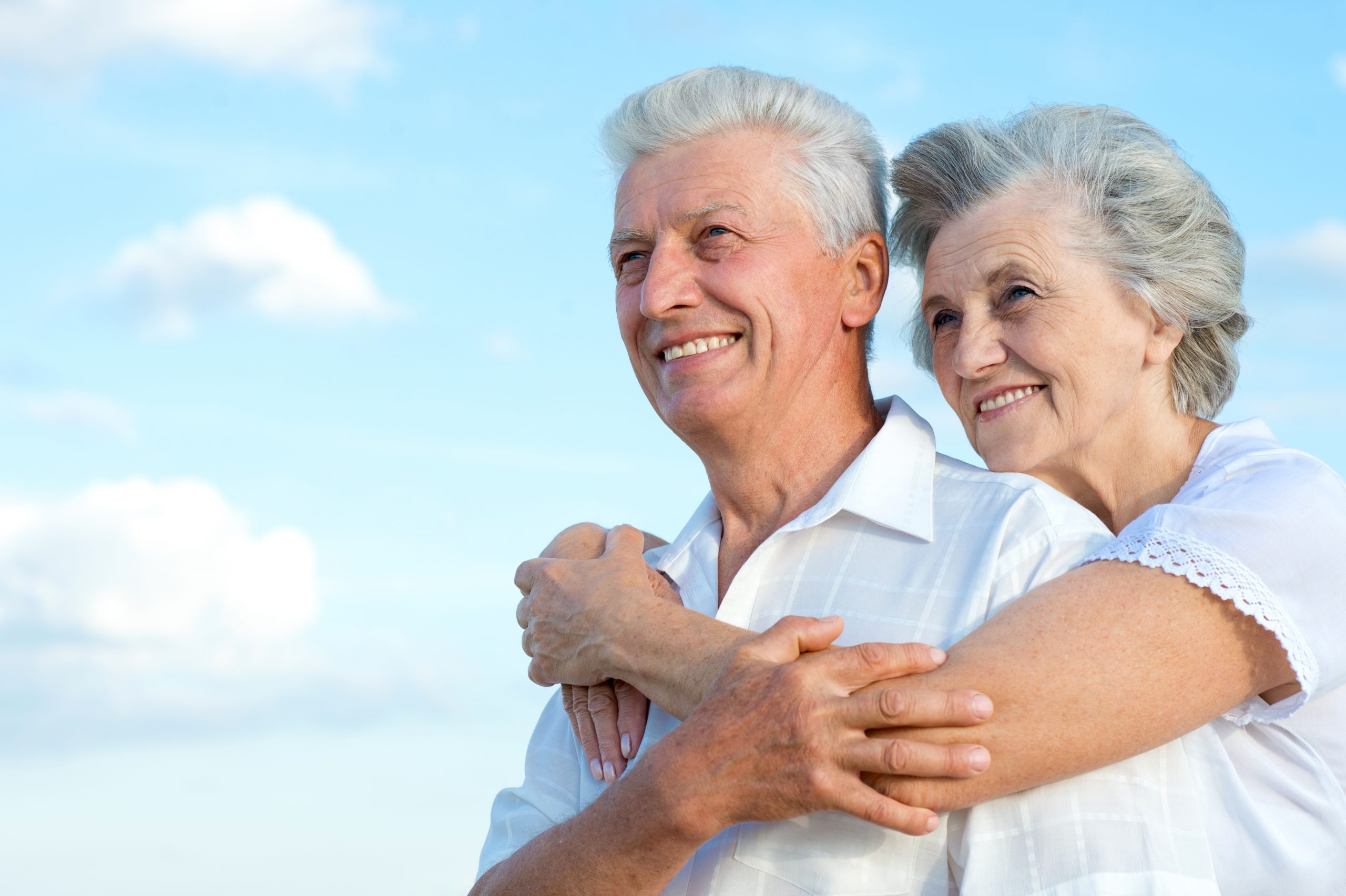
Traditionally, with age comes a release of the classic signs […]
Read More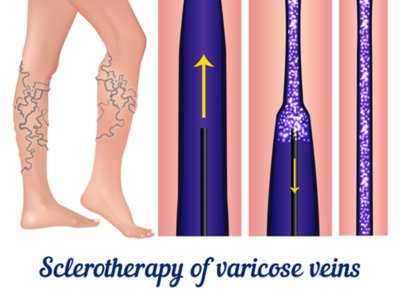
Why Sclerotherapy May be Your Best Option Sclerotherapy is a […]
Read More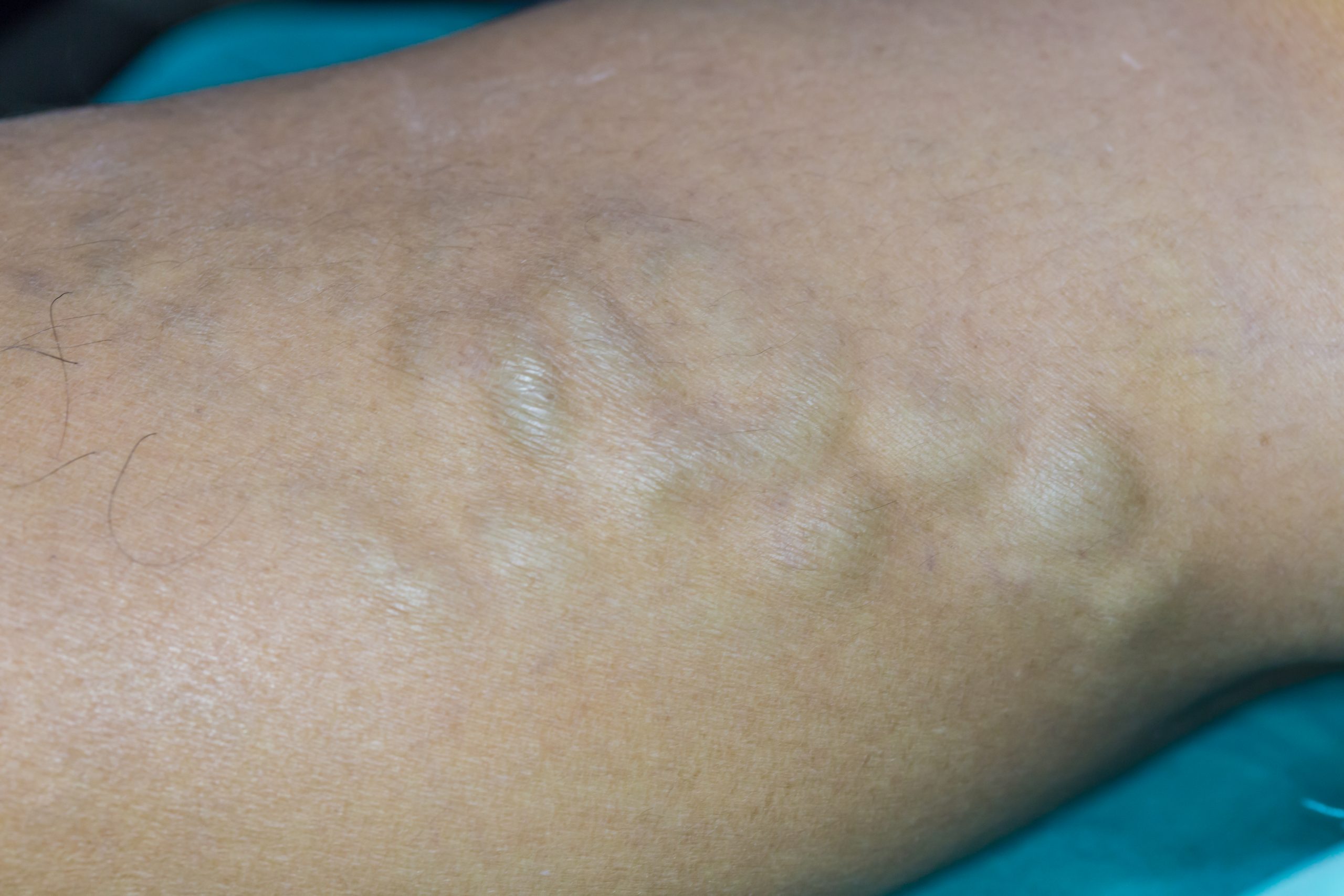
Bulging veins are a common symptom of several conditions such […]
Read More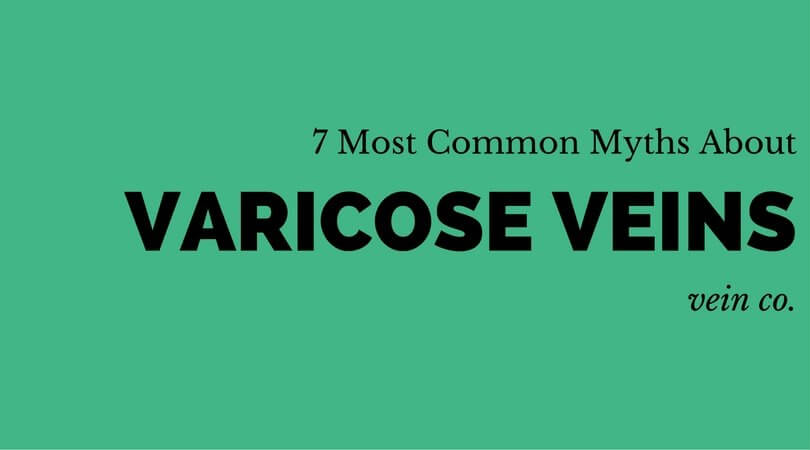
Simply put, varicose veins are enlarged veins that occur when […]
Read More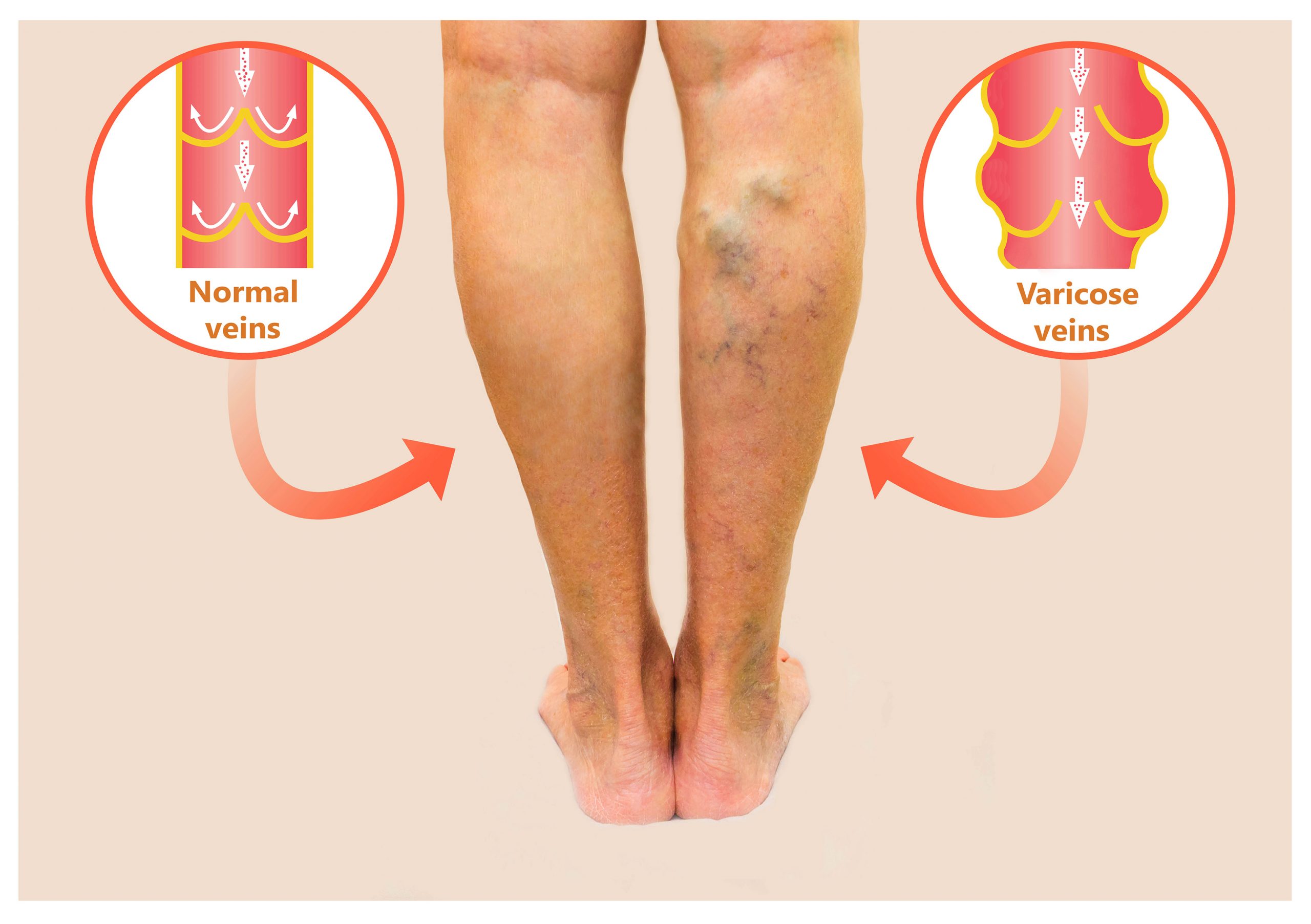
Varicose veins are defective veins that often appear bulgy and […]
Read More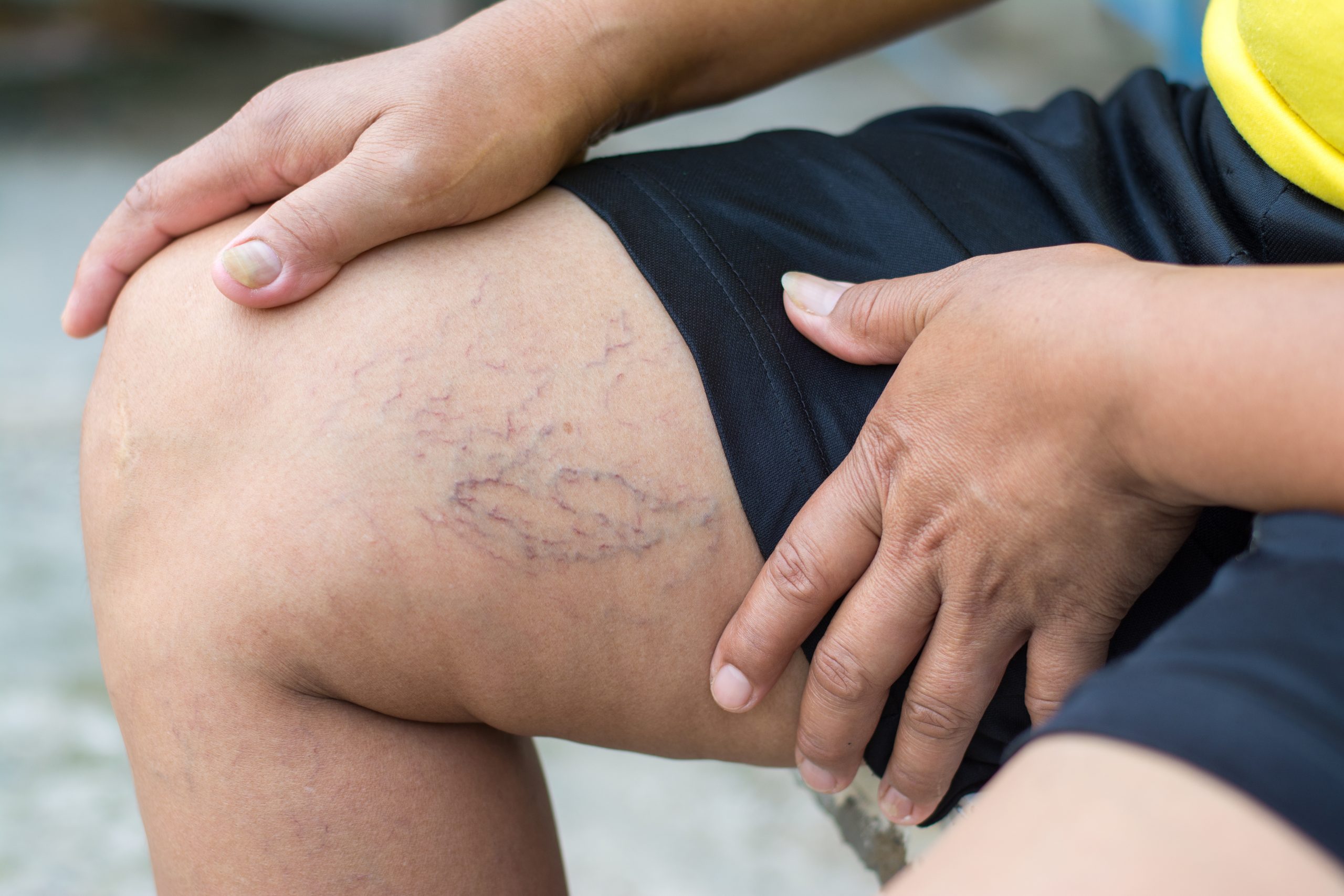
The carotid arteries are much like the coronary arteries, in […]
Read More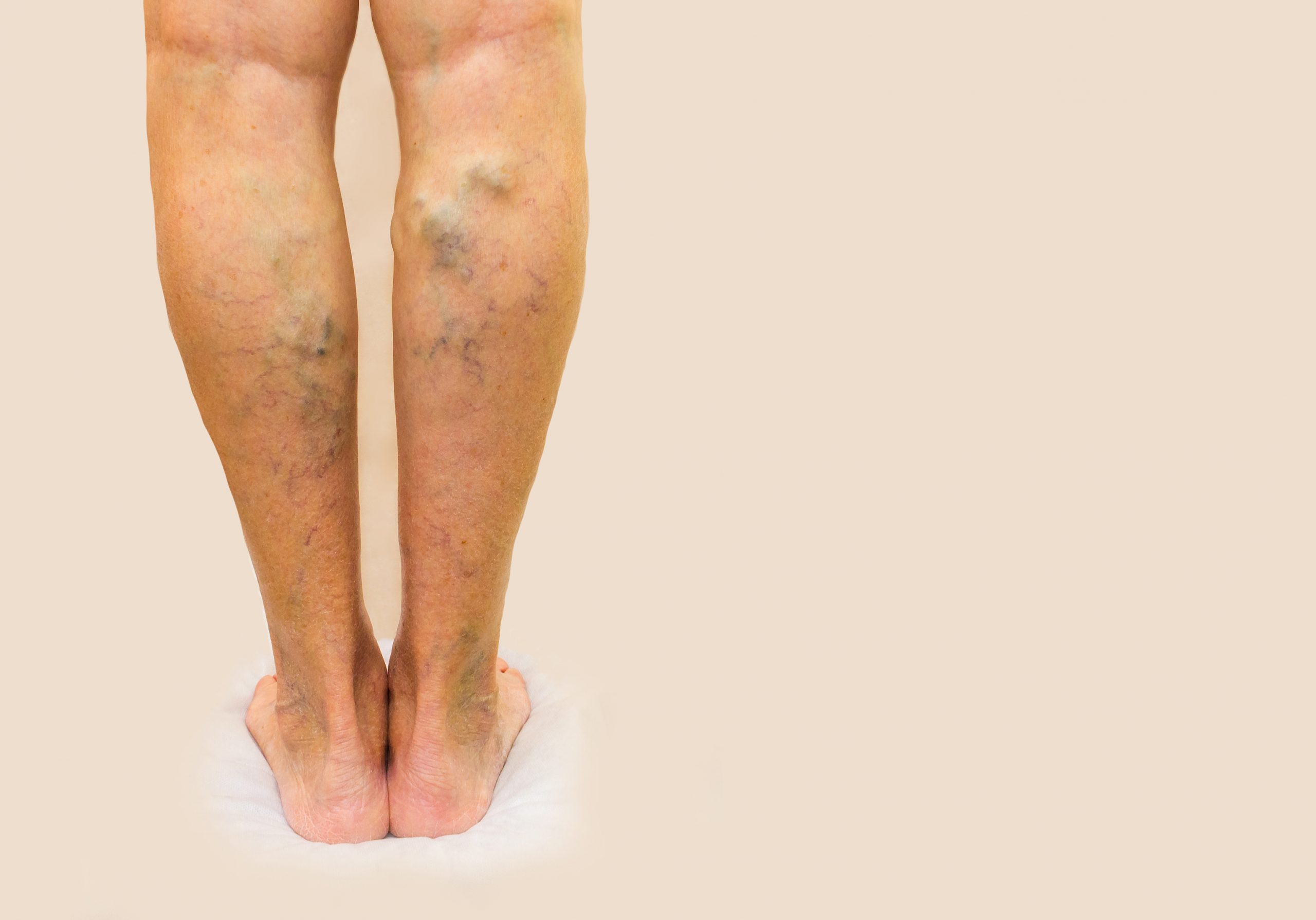
While many people have probably heard of varicose veins and […]
Read More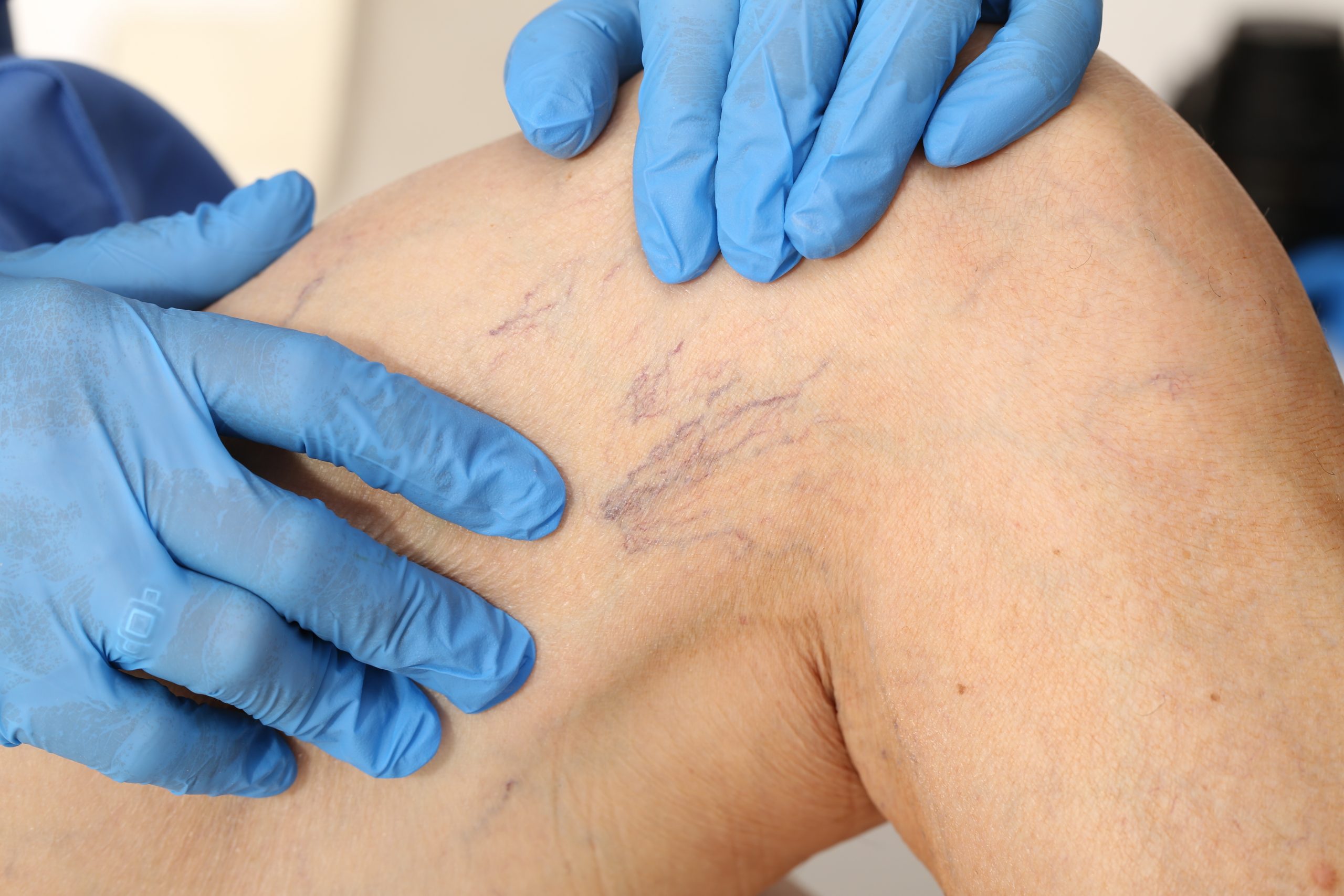
Similar to varicose veins, spider veins are slightly enlarged veins […]
Read More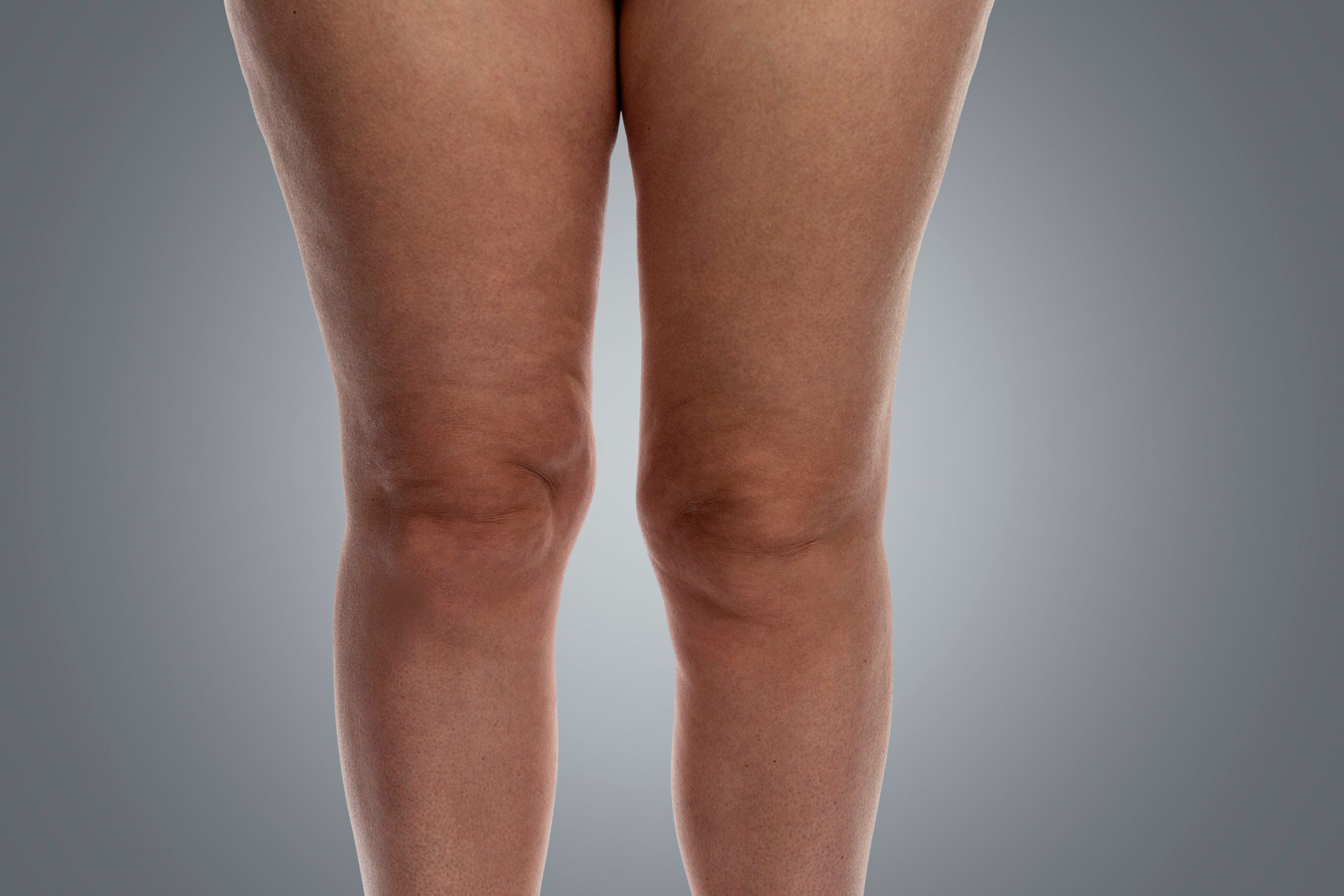
Many people have asked this, as it is a legitimate […]
Read More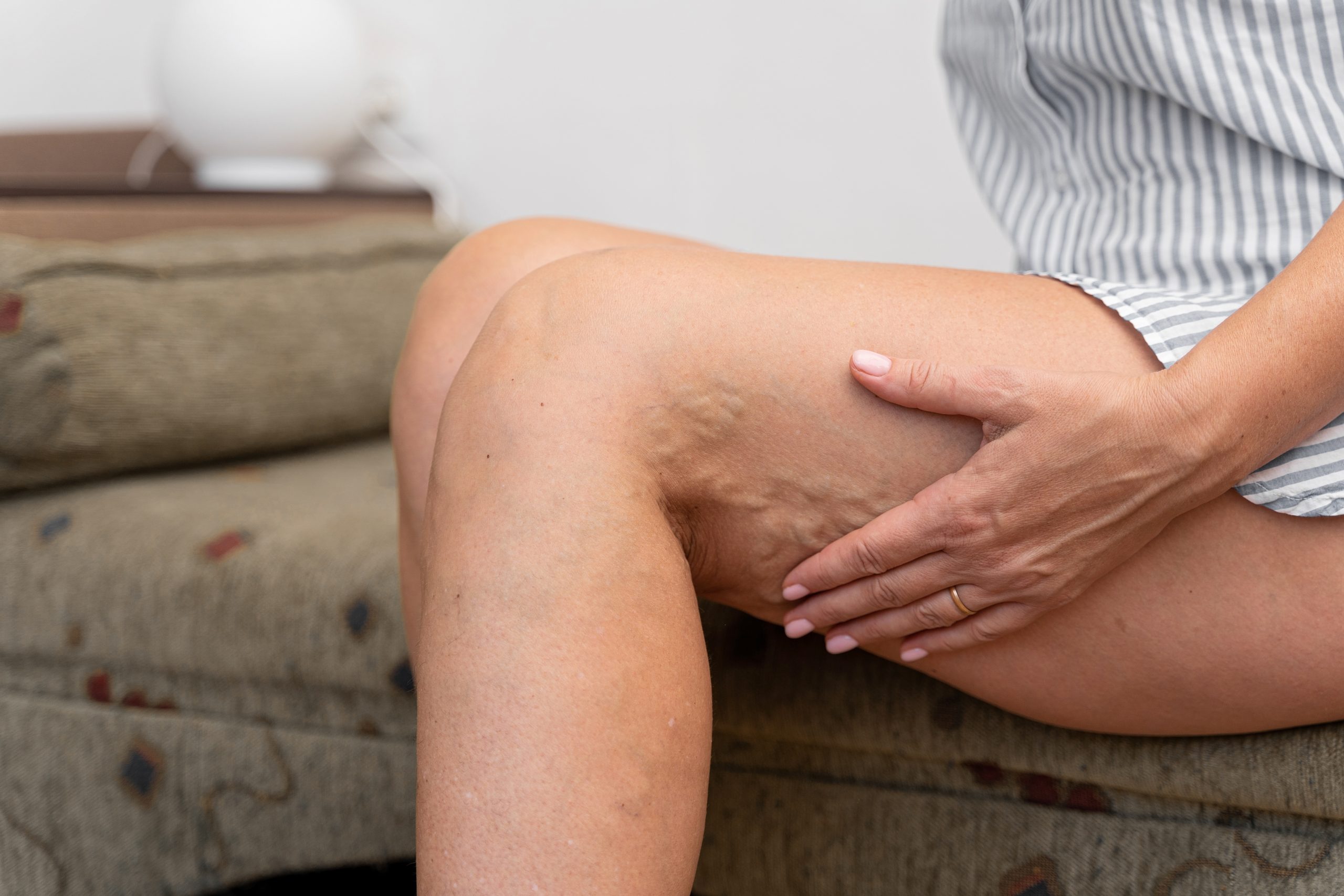
Most people are aware of spider veins and where they […]
Read More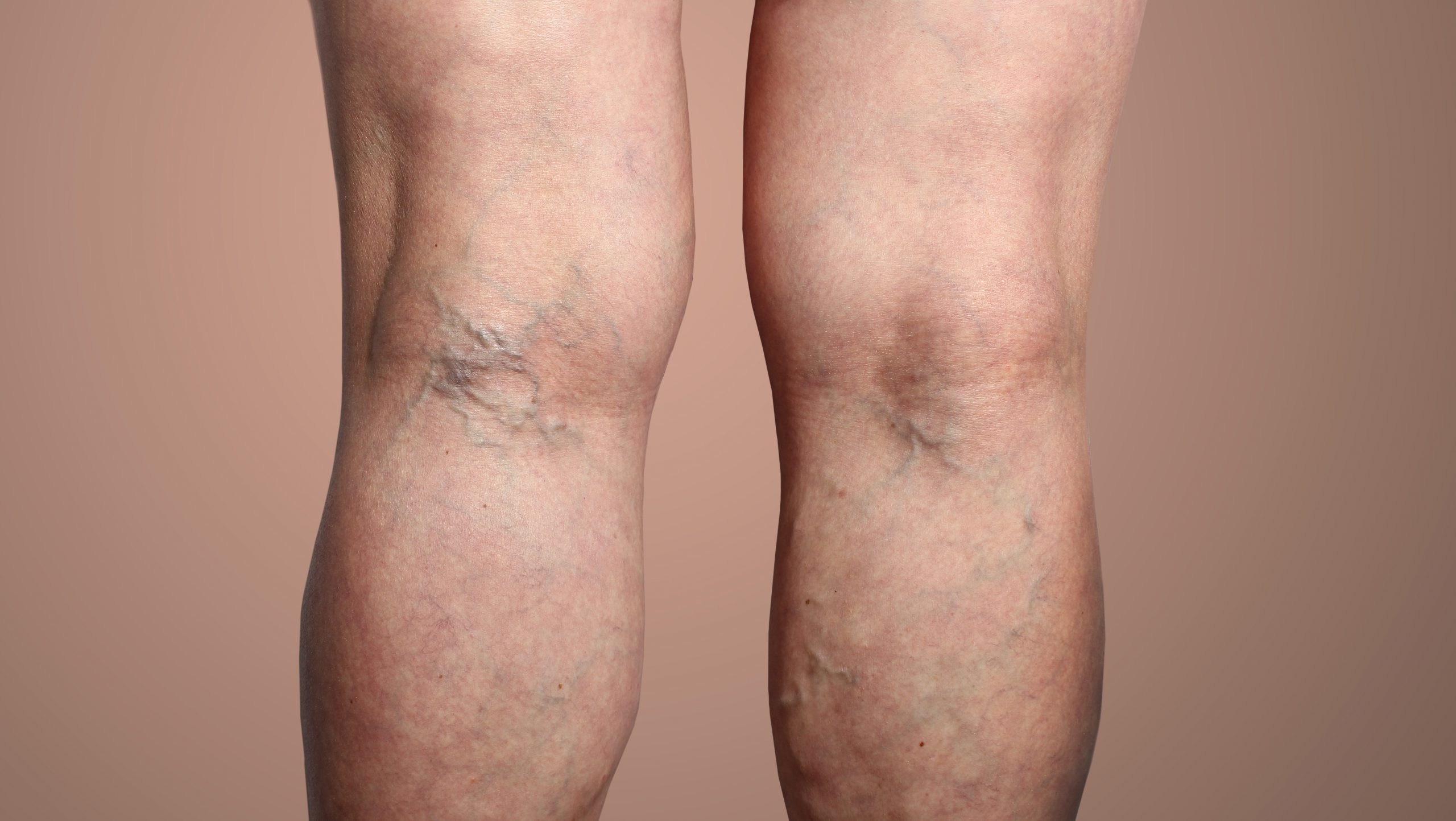
Having varicose veins and living with varicose veins are two […]
Read More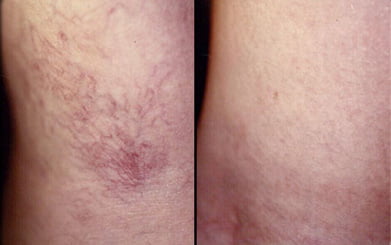
You’ve undoubtedly seen varicose veins either on your own legs […]
Read More
